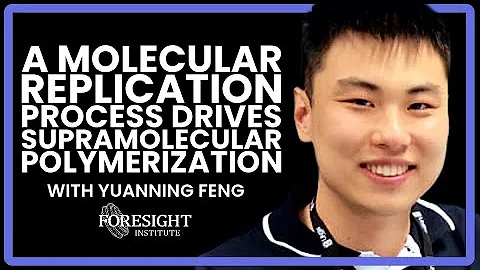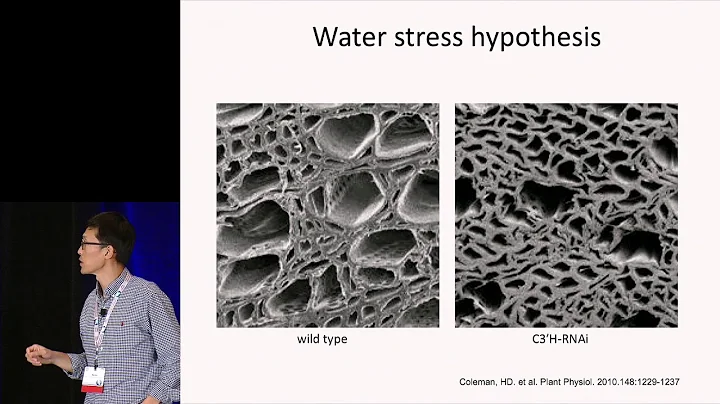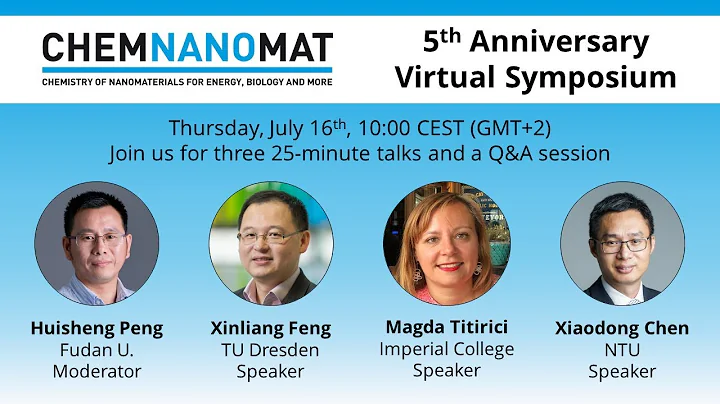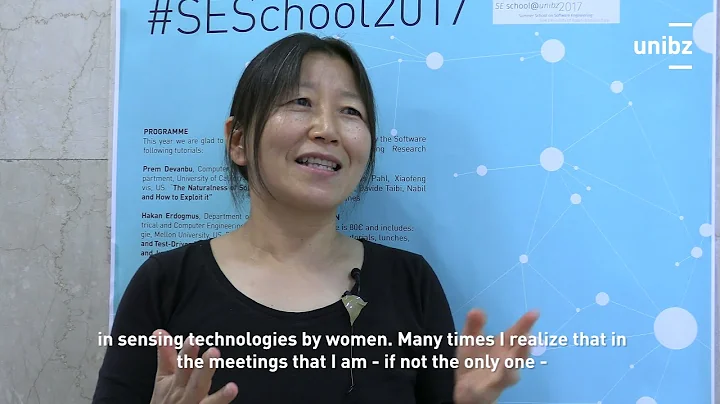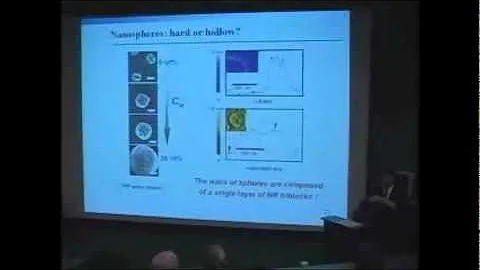With funding from the National Natural Science Foundation of China (Grant No.: 51973201, U1804128, 52173209, 22105179), Zhengzhou University Professor Pang Xinchang’s research team has made new progress in controlled/"living" free radical polymerization methods and applications. . Related work is titled "Ultrafast Visible-Light-Induced ATRP in Aqueous Media with Carbon Quantum Dots as the Catalyst and Its Application for 3D Printing)" was recently published online in the Journal of the American Chemical Society (Journal of the American Chemical Society). Qiao Liang, a 2019 master's student in the School of Materials Science and Engineering, is the first author of the article, and Zhou Mengjie, a 2020 doctoral student, is the co-first author .

ATRP technology has proven to be an excellent polymer gel preparation method, capable of obtaining a more uniform polymer network than traditional polymerization methods. However, traditional ATRP has slow polymerization speed and poor oxygen resistance, which limits its application in the field of additive manufacturing (3D printing). The team introduced carbon quantum dots (CQDs) into aqueous ATRP for the first time and developed an ultrafast visible light-induced polymerization system. The optimized polymerization reaction can achieve a high monomer conversion rate (90%) under a few minutes of visible light irradiation, and the polydispersity (PDI) of the polymer is less than 1.25. Due to the role of CQDs, the polymer system exhibits excellent oxygen resistance, making it suitable for digital light processing (DLP) 3D printing, and the printed objects have good dimensional accuracy. In addition, the excellent and stable optical properties of CQDs also provide interesting photoluminescence capabilities for printed products (Figure 1). This research work starts from the perspective of green chemistry. introduces CQDs into the aqueous photo-ATRP system to prepare polymers with clear structures through visible/natural light irradiation, and this ATRP-mediated 3D printing process will prepare functional Sexual and stimulus-responsive hydrogels provide a new approach to .

Figure 1. Ultrafast aqueous-phase photoinduced atom transfer radical polymerization (ATRP) catalyzed by carbon quantum dots (CQDs) and its application in the field of additive manufacturing (3D printing).
In view of the limitations of traditional controllable/"living" free radical polymerization methods and applications (such as high reaction temperature, difficulty in removing metal catalyst , low polymerization efficiency, etc.), the research team has developed a series of new controllable/"living" radical polymerization methods in recent years. Active " free radical room temperature polymerization system (ATRP, RAFT, NMP, etc.) optimizes the synthesis conditions of complex structure copolymers, improves the synthesis efficiency of functional polymers, and provides accurate synthesis of complex structure functional polymers and functional materials Design and controllable preparation provide more convenient synthesis methods. (ACS Appl. Mater. Interfaces 2022, 14, 21555; Polymer, 2022, 252, 124949; Polym. Chem. 2022, 13, 1022; Chem. Mater. 2021, 33, 5067; J. Phys. Chem. Lett. 2021 , 12, 3456; Angew. Chem. Int. Ed. 2021, 60, 7259; Chem. Commun. 2021, 57, 1250; ACS Appl. Nano Mater. 2021, 4, 6075; Langmuir 2021, 37, 10461; ACS Appl . Mater. Interfaces 2021, 13, 37, 39806; Polym. Chem. 2021, 12, 2439; Polym. Chem. 2021, 12, 3060; Polym. Chem., 2021, 12, 7010; , 545; Polym. Chem. 2021, 12, 526; Langmuir 2020, 36, 6690; ACS Appl. Mater. Interfaces 2020, 12, 42161; Polym. Chem. 2020, 11, 4961; Macromolecules 2020, 53, 4678; Eur . Polym. J. 2020, 126, 109557)
Source: Zhengzhou University
Paper link:
https://doi.org/10.1021/jacs.2c02303
